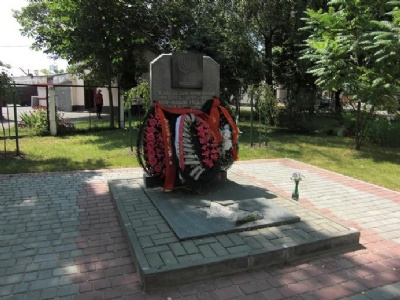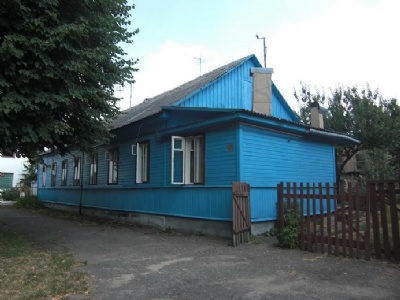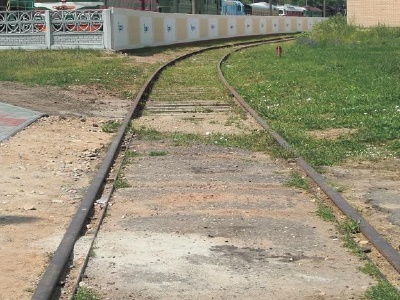Brest Ghetto
At the time when Nazi-Germany invaded the Soviet Union in June 1941, about 25,000 Jews lived in Brest. Brest was captured on the first day of operation Barbarossa (with Brest fort as an exception) and the city’s Jews were imposed anti-Semitic laws. At the end of June early July 1941, about 5,000 Jews were murdered in the suburb of Kotelna. The murders were carried out by Sonderkommando 7b from Einsatzgruppe B and police battalion 307. In mid-December 1941, two ghettos were established that were isolated from the rest of the city. Only with special documents could one move between the ghettos. In mid-October 1942, both ghettos were liquidated and about 20,000 Jews were transported by train to Bronnaya Gora, about 100 kilometres east of Brest, and shot. In the subsequent ghetto clean-up operations, about 4,000 Jews who had been hiding were found and shot.
Current status: Partly preserved/razed with monument (2010).
Location: 52°05'19.47"N 23°41'49.82"E
Get there: Walk.
Follow up in books: Arad, Yitzhak: Holocaust in the Soviet union (2009).





When you travel out into the world, you always have an idea of how things are, prejudice in other words, and this is something we have been provided with from home. As a Swede, we have been trained to interpret the historical events from a western perspective. These were the interpretations I had when I visited countries in former Soviet Union for the first time. I was initially of the opinion that Eastern Europe had not interpreted history correctly, that is, the western interpretation. But as I got in touch with museums, guides and locals, I began to understand that history and present can be interpreted from several different perspectives without necessary one being right and one being wrong. Eastern Europe can also be divided into a west and east where the former satellite states of the Soviet Union and the Baltics represent the west and the former Soviet Union represents east. Then it is actually also possible to divide certain countries into a western and eastern part, Ukraine for instance. I have also noticed that the war is still very close to people in former Soviet Union and sometimes guides become emotional.